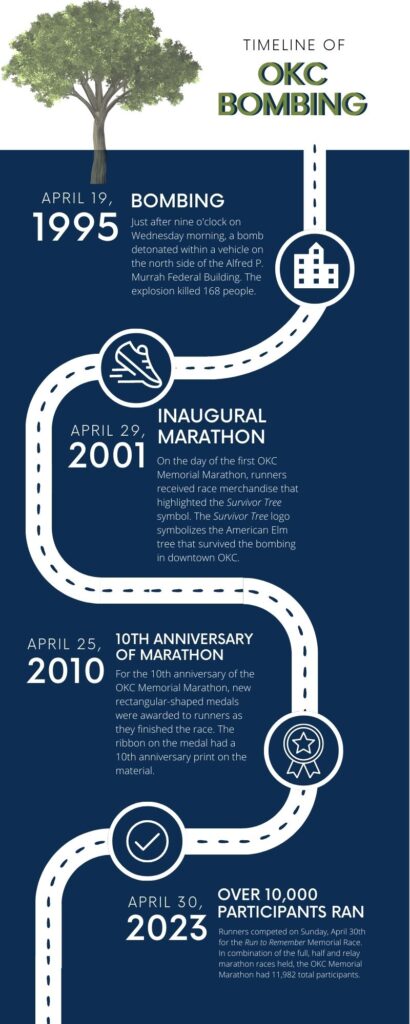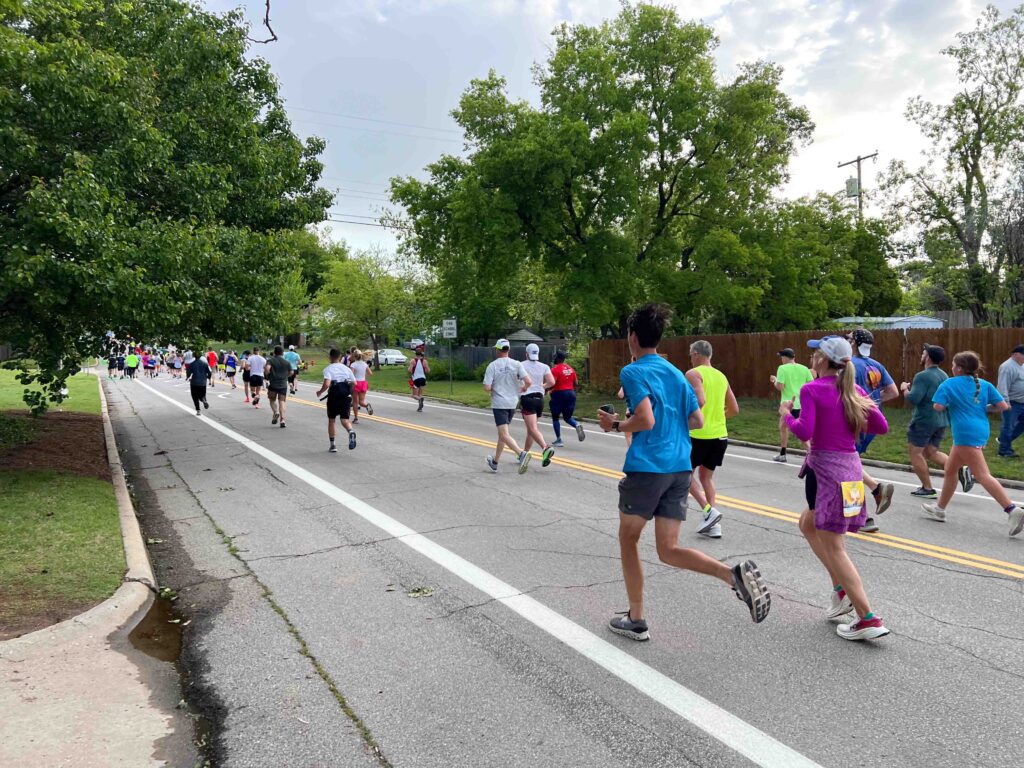October 18, 2023
Close your eyes and picture yourself sitting at home in unknown territory as the world as you know it shuts down.
*Trigger Warning for Readers: Mental Health, Resources, and Hotlines Included in Last 2 Paragraphs*
Close your eyes and picture yourself sitting at home in unknown territory as the world as you know it shuts down. Think back to mid-March 2020 when you were sent home from work or school and told that you would potentially return in two weeks. Internalize the emotions you felt when the only form of contact you had with loved ones or friends was done over the phone by calls, FaceTime, or online video chat due to the spread of COVID-19. Just one phone call or text message to check in on the people you love leaves a lasting impact. Tell your close friends and family know you love them.
In the early hours of Thursday, April 30, 2020, my grandfather passed away from COVID-19. I recall the morning I received a phone call from my mom, who was in Oklahoma City, Oklahoma sitting by my grandfather’s side in personal protective equipment as he peacefully began to slip away. With my two chocolate labs Maggie and Millie sitting on either side of me in bed, I vividly remember questioning why such heartbreak had to happen to my family during the initial stages of a worldwide pandemic.
In a matter of weeks, I had lost the ability to interact with friends and family in-person because of the COVID-19 pandemic outbreak. Never did I think that the COVID-19 virus would take a close family member from me. According to the CDC’s website, my grandfather became a statistic for the U.S. COVID-19 death toll; he became one in over one million Americans to die from COVID-19.
After experiencing the loss of my grandmother not even two years prior to losing my grandfather, I was distraught. The pure feeling of confusion and sadness coincided inside my mind, because I did not get to say goodbye to my grandfather due to the limited or ceased occupancy within the assisted living home.
I grew angry at the world for being in a position for having to lose someone during a pandemic where I could not go seek comfort and distraction from friends and family. I said goodbye to my grandfather at a funeral service with a limit of ten people in attendance due to COVID-19 restrictions for attendance.
After experiencing such hardship and loss amidst a pandemic, I finally understand the significance of a simple phone call, text, or FaceTime to loved ones. You truly never know the last time you will get to say your goodbyes or hellos to those you hold near and dear to your heart. As a junior in college who experienced loss during a time of uncertainty, I value my cherished time with close family or friends.
For the past three years as I have attended The University of Oklahoma, I challenged myself to make that phone call and check in on those I love. Some could compare the experience of living far from home to times during the COVID-19 pandemic where individuals quarantined at home to limit exposure to the virus. Call your loved ones; simply ask how their day was or how they are doing overall in life.
At college, you adapt and establish routines to call relatives and friends and stay connected with their lives as you cheer them on from afar. Similar situations could be applied to the times where humans had to quarantine at home, utilize technology, and seize opportunities to talk to those I love. Whether you are living away from home, attending college far from home, or on vacation, call your loved ones. Let them know that you love them. You never know when the last time to talk to someone will be.
If your or someone close to you struggles related to mental health (grief, anxiety, depression, etc.) are life-threatening, dial the Suicide and Crisis Lifeline, 988, for immediate medical attention.
If you or a loved one are struggling with mental health, there are resources available to help you find counseling or medical attention from professionals to aid or help you.
Better Help- Professional Therapy with a Licensed Therapist
Psychology Today- Mental Health and Behavioral Science Online Platform


